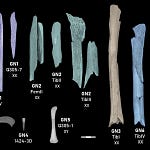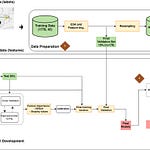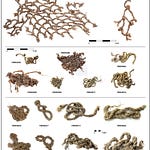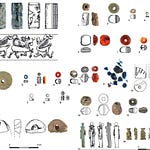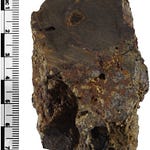The Puzzle Beneath Structure 6L-19
Archaeology is filled with incidental discoveries. Etched lines on an old plaster floor. A faint design on a bench. A set of scratches whose meaning is guessed only after comparing them to hundreds of others. Patolli boards across the Maya Lowlands often fall into this category: casual markings left by known or unknown hands, sometimes playful, sometimes ceremonial, usually ambiguous.
But the board uncovered recently1 in the residential district of Naachtun, in northern Guatemala, refuses to fit that pattern. It was not scratched. It was not painted. It was not a spontaneous addition to a room after decades of occupation.
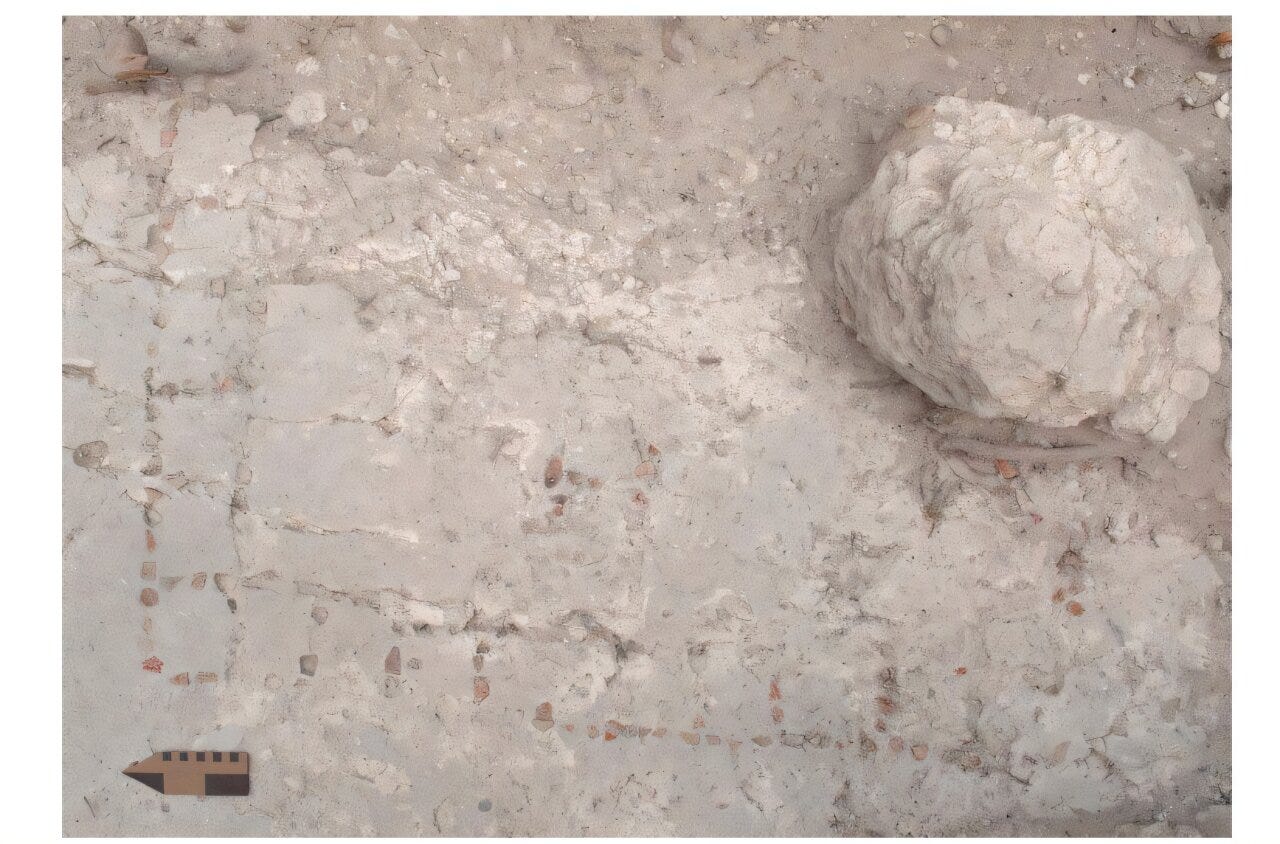
Instead, it was assembled deliberately, piece by piece, out of nearly five hundred small red ceramic tesserae laid into wet plaster. The board was built at the same moment the floor itself was created, sometime in the fifth century. And that decision changes the story.
“The construction technique places the board within the architectural blueprint rather than the lived aftermath,” observes Dr. Lidia Vázquez, an archaeologist at UNAM. “This anchors the game to the intentions of the people who designed and inhabited the space.”
The board’s location, nestled under what later became Structure 6L-19 in a large residential complex, suggests it was part of a carefully managed environment, perhaps even a semi-public courtyard associated with a powerful household. It was not an afterthought or the work of opportunistic occupants. It was part of the plan.
Listen to this episode with a 7-day free trial
Subscribe to Anthropology.net to listen to this post and get 7 days of free access to the full post archives.


